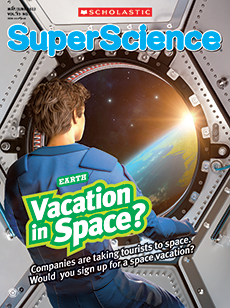I quickly realized that Antarctica is unlike any other place on Earth. Have you ever been to a place where penguins outnumber people? Or where a piece of ice bigger than a building might float past you at any time?
Leaving from the southern tip of Argentina, we sailed through the Drake Passage. Large waves—some nearly 12 meters (39 feet) high—rocked the ship. It’s hard to believe that the explorer Ernest Shackleton sailed through the same water in a tiny lifeboat in 1916.
We spent a week exploring the Antarctic Peninsula. We also stopped at the island of South Georgia, the same place Shackleton landed to get help for his stranded crew. Here are a few of the coolest things I got to see on this amazing continent.
